
Sources for Information on What's Up in the Night Sky
Last year marked the tenth year that I have written the What's Up in the Night Sky? almanac. Because Astra's Stargate contained all of the almanac pages from its inception in 2006, I felt it was time to remove the old pages. The valuable information that was generated over the years being removed will be reused at the Gate.
I have left this page showing all of the resources that Ron used for his almanac pages because many of them are still being used for the What's Up in the Night Sky? almanac today. In addition, many of the astronomical events that are found in the calendar come from the Royal Astronomical society of Canada's (RASC) Observers Handbook that I purchase every year for use in writing the almanac. I often rely on many of the resources Ron listed all those years ago.
Much of the material in What's up in the Night Sky was found in various places on the internet. Many of these resources are listed at the Gate to help visitors find astronomical information.
In the next section you will find Ron's original words as he said farewell to an astronomical almanac he wrote for many years.
Ron's original What's Up? sources
I have struggled with how to say that this will be the last issue of What’s Up? for some months now. There, now I’ve said it! It has been a truly wonderful 15 years writing this bulletin. I’ve certainly grown as an amateur astronomer because of it. I will surely miss it!! Now to the business at hand:
(NOTE: Browsing the titles mentioned below should take you to the appropriate website. Unfortunately many of these references are ancient so may be out of print.)
These two magazines have been my basic references from the beginning. I used both since each has its own strengths.
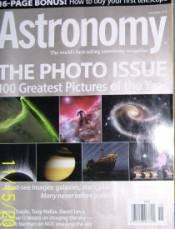

I always had these two books close at hand while I prepared the monthly newsletter:
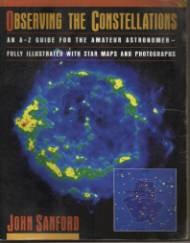
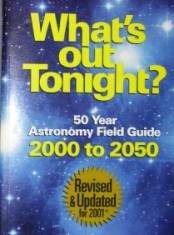
Observing the Constellations is a gold mine of information and What’s Out Tonight? is very useful for long range planning.
Other useful reference works include:


Burnham’s three volume set contains just about every known fact concerning every constellation in the sky in both northern and southern hemisphere. It was his life’s work. Norton’s star atlas is very old but has been updated by many editors and contains eight plots listing the stars visible to the naked eye in both hemispheres. (Every 50 years the plots are updated because the stars are really moving ever so slowly. Epoch 2000 is its latest update.
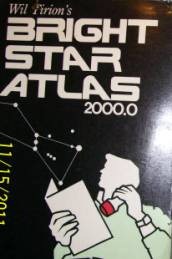
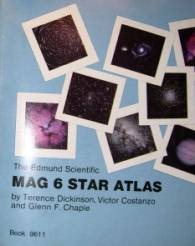
Wil Tirion’s Bright Star Atlas is a simplified version of the Tirion Sky Atlas (which I also own). According to the Encyclopedia Britannica, these three publications, Burnham, Norton’s and Tirion’s are especially popular between amateur as well as professional observers alike. The Mag 6 Star Atlas, published by Edmonds Scientific is quite good and is relatively inexpensive.
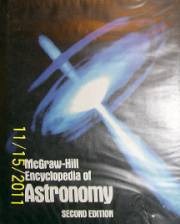


Other useful references are the Encyclopedia of Astronomy and Star Names for topical background. One of the most popular amateur observer’s activities is the search for all of the members of Messier’s catalog. Charles Messier was a comet hunter during the late 1700s. He compiles the “M” catalog eventually listing some 109 “permanent” objects that were often mistaken as comets. Today the search for all of the members of this catalog is still one of the most popular amateur activities. The Messier Marathon describes this activity.
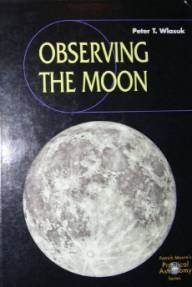

The Moon is by far the most popular street astronomer’s night sky object. It is usually very bright and quite easy to find. It is spectacular to those never having used a telescope of binoculars to view it. Observing the Moon is filled with images of craters, rills, maria, etc. while The Moon discusses the internal structure and processes.
Of course there are other interesting object in our solar system. One of the problems of the street astronomer is that one must go to where the people are and that is often in a usually too well lit environment. Thus we are often limited to viewing the brighter solar system objects.
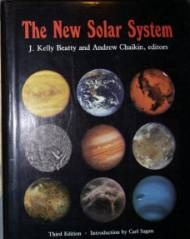

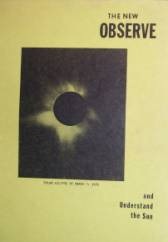
The New Solar System was written after space age information became available and Observing and Photographing the Solar System was written by amateurs for amateurs interested in capturing images of solar system objects. I have included The New Observe and Understand the Sun mainly because I happen to specialize in amateur solar astronomy. Unfortunately the necessary filters, etc., to safely view the Sun through any optical instrument is quite expensive. This can cost into the multi-thousands of dollars!

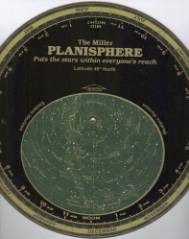
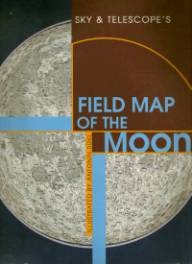
There are a number of field references that can be quite useful to the street astronomer if there is enough light to see them (unfortunately, usually not a problem!) and there is enough space to display them. They are all either made of plastic like the Planisphere or are laminated. When unfolded like a road map, they can of interest to casual observers.

There are a number of amateurs who don’t own a telescope! They do their astronomy by binocular or naked eye. Binoculars are also quite popular with professional astronomers while taking a break from their duties at their observatories. As a matter of fact, I plan to expand my street astronomy hobby by using binoculars.
Finally here is my favorite Sky & Telescope website:
http://www.skyandtelescope.com/observing/almanac/almanacCustom
Following this link will produce the following table:
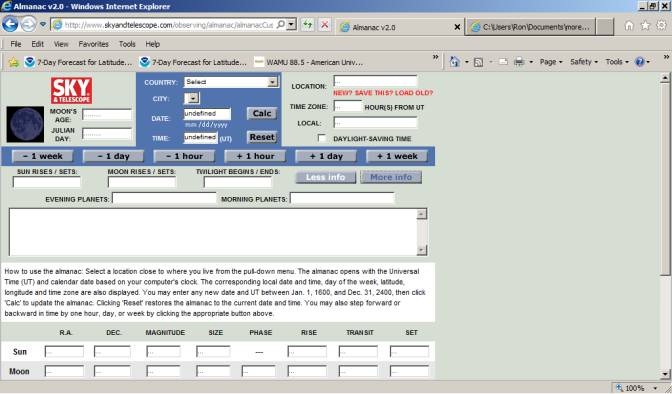
Sky and Telescope’s interactive astronomical almana presents basic astronomical data customized for your location, for any date from 1600 AD to2400 AD. The information available for display includes sunrise and sunset times, morning and evening twilight times, moonrise and moonset times, the Moon’s phase, a list of naked-eye planets visible in the evening and morning skies, rise, transit (when the object is at the zenith in your location) and set times. It is very useful when planning weekly viewing times for a whole season or even a year!!
The following website explains, in detail, exactly how to use the Almanac:
Sky and Telescope’s interactive astronomical almanac. Note from Astra - this is an outdated picture but I have updated the links and the almanac may be fould by following the link.
View Ron Leeseburg's Farewell Issue - I have left on the Gate.
Links to other Stargate Pages:
- Astronomy |
- Space |
- StarWimin |
- NE Asteroids |
- Ancient Astronomy |
- Observers |
- Next Month